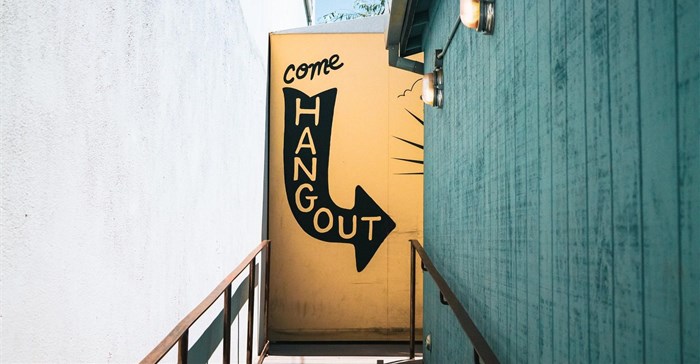
Here are seven quick steps for getting your store found online in local search:
Building an online brand holds unique challenges. You simply cannot compete with everyone else, but you can compete locally. The Google Pigeon update (released July 2014) favours distance and location ranking parameters that make it easier for local businesses to improve their organic SERP results – for this reason, claiming your location is key to driving local sales.
Claim the physical location of your brick and mortar store or service area using Google MyBusiness free business listing. Complete your profile in full with up-to-date business hours, contact details, products and services, photos and logo. Remember to include location-based keywords and source online reviews (both discussed below). Also claim business listings in secondary search sites such as Bing Places for Business, Yelp for Business Owners, Yahoo Small Business and Apple Maps.
Extend your business listings to local online directories and industry-specific websites. This is known as citation management. And if you haven’t yet, set up your business across the relevant social platforms such as Facebook, Twitter, Instagram, LinkedIn, Google+ Pinterest and YouTube.
Mobile consumers value relevant, the immediate information above all else, and knowing that 78% of all South African browsers are mobile should motivate you to give consumers what they want.
Anticipate and deliver on user intent with accurate NAP (name, address, phone number) information across all social and business listings. These include the company name, address, phone number, location (geo-coordinates), shopfront and in-store images, and social links. Ensure that this information is consistent across all listings and eliminate duplicate or incorrect citations as these may frustrate the user experience (UX).
Target local search results using location (area) keywords and relevant local terms such as news, events and landmarks. Combine these with the services offered and add intent: Mobile consumers seek immediate satisfaction. They browse in short spurts that require fast decision-making. These are known as micro-moments and they are incredibly intent rich – they want to KNOW, GO, DO and BUY.
Use Google Analytics, a freemium web analytics service, to determine local terms visitors use to find your site and include these in your meta titles, meta descriptions and additional content, for example, in a blog. You can also use Google autosuggest to help find local keywords, or target known keywords with Google Adwords, a pay-per-click marketing tool.
Make getting Google My Business and Yelp reviews a priority - ask in-store customers to review your services. Local customers often rely on peer reviews for reassurance and good ratings enhance credibility.
Further, optimise your local SEO with structured data markup, a language search engines use to understand your website. Also known as schema markup, ensure that your data is complete with on-page keywords, title tags and meta descriptions that reveal your business’ location among other details.
Google’s Accelerated Mobile Pages (AMP) make mobile pages faster. It also helps differentiate between mobile and desktop keywords as they have different rankings. SearchEngineLand notes that “35% of the time, the top-ranking URL of a domain for a given query is different on desktop than on mobile”.
Generate local awareness for your business by participating in local events and find Lookalike Audiences by partnering with local businesses that complement your services.
Finally, keep track of your mobile traffic and conversions to understand how SEO affects your brand and adjust strategies for better results.
